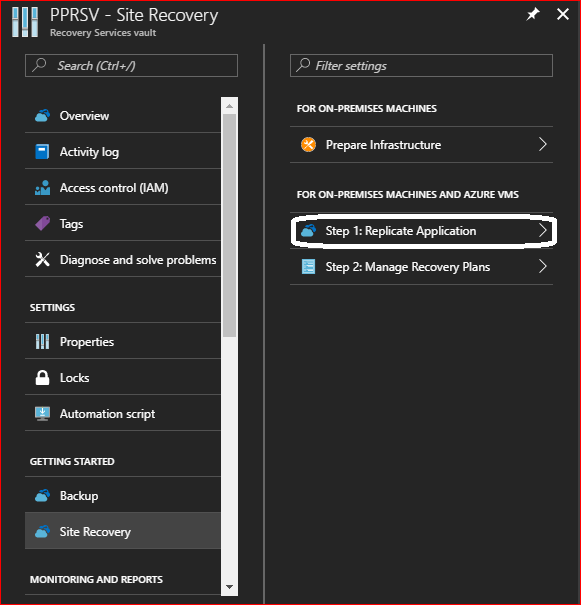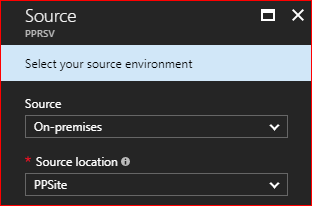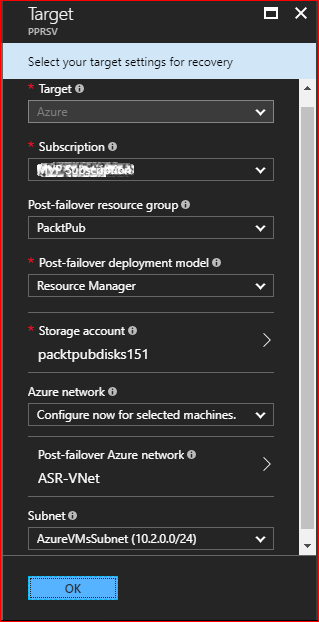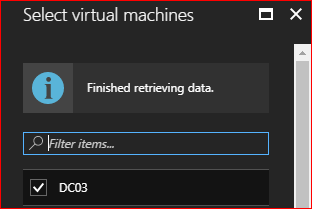In this chapter, Azure Site Recovery (ASR) will be introduced as a business continuity solution. We'll look at why it should be used and which environments it supports. Then, the prerequisites for preparing an environment will be covered, followed by how to enable replication and create recovery plans. After that, you will learn how to check whether ASR is functioning properly or not. Finally, links to more information about ASR will be provided for you to gain more knowledge about it.
The following topics will be covered:
- Introduction to ASR
- ASR supportability
- Preparing your environment for ASR
- Kicking off replication from on-premises to ASR
- ASR recovery plans
- Testing ASR
- Further information






